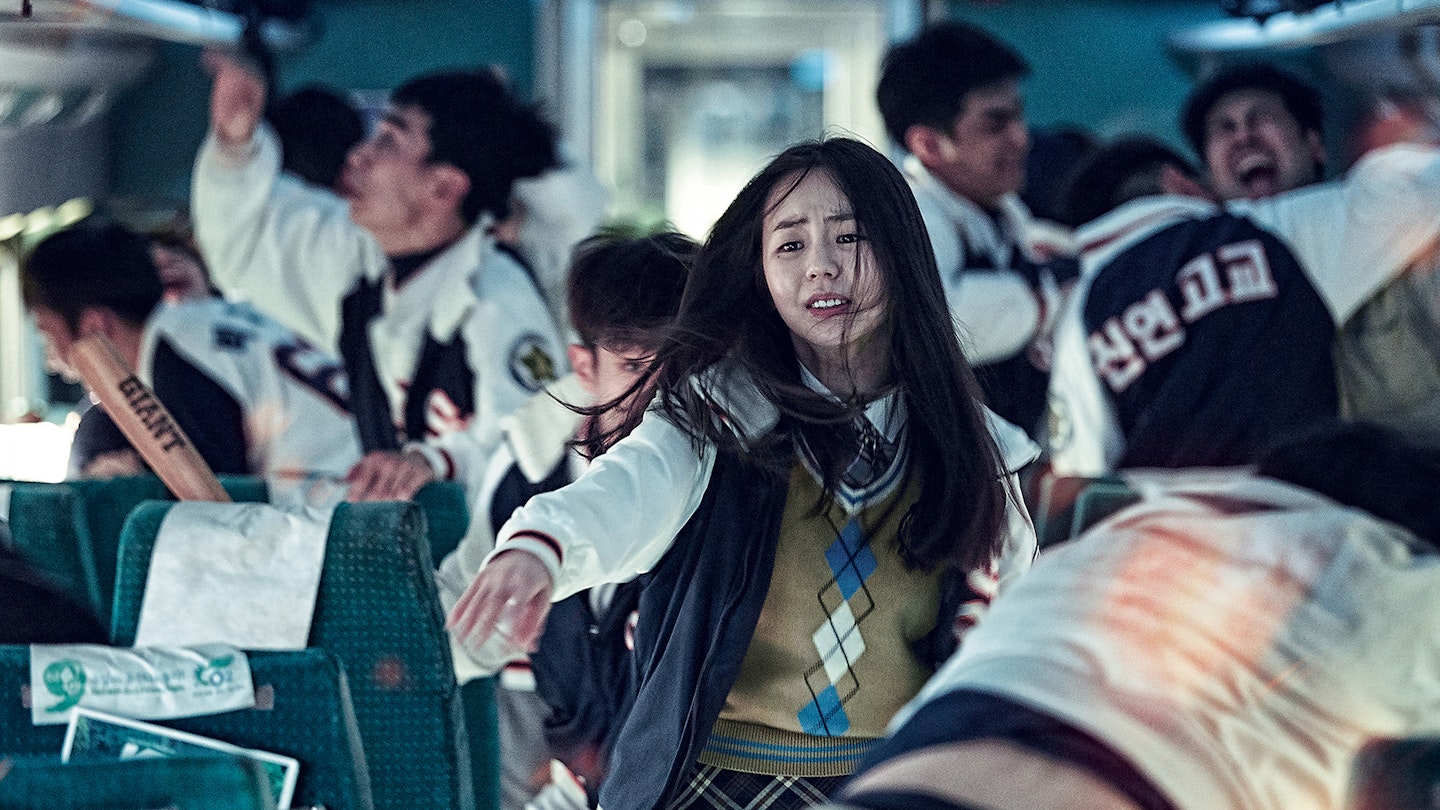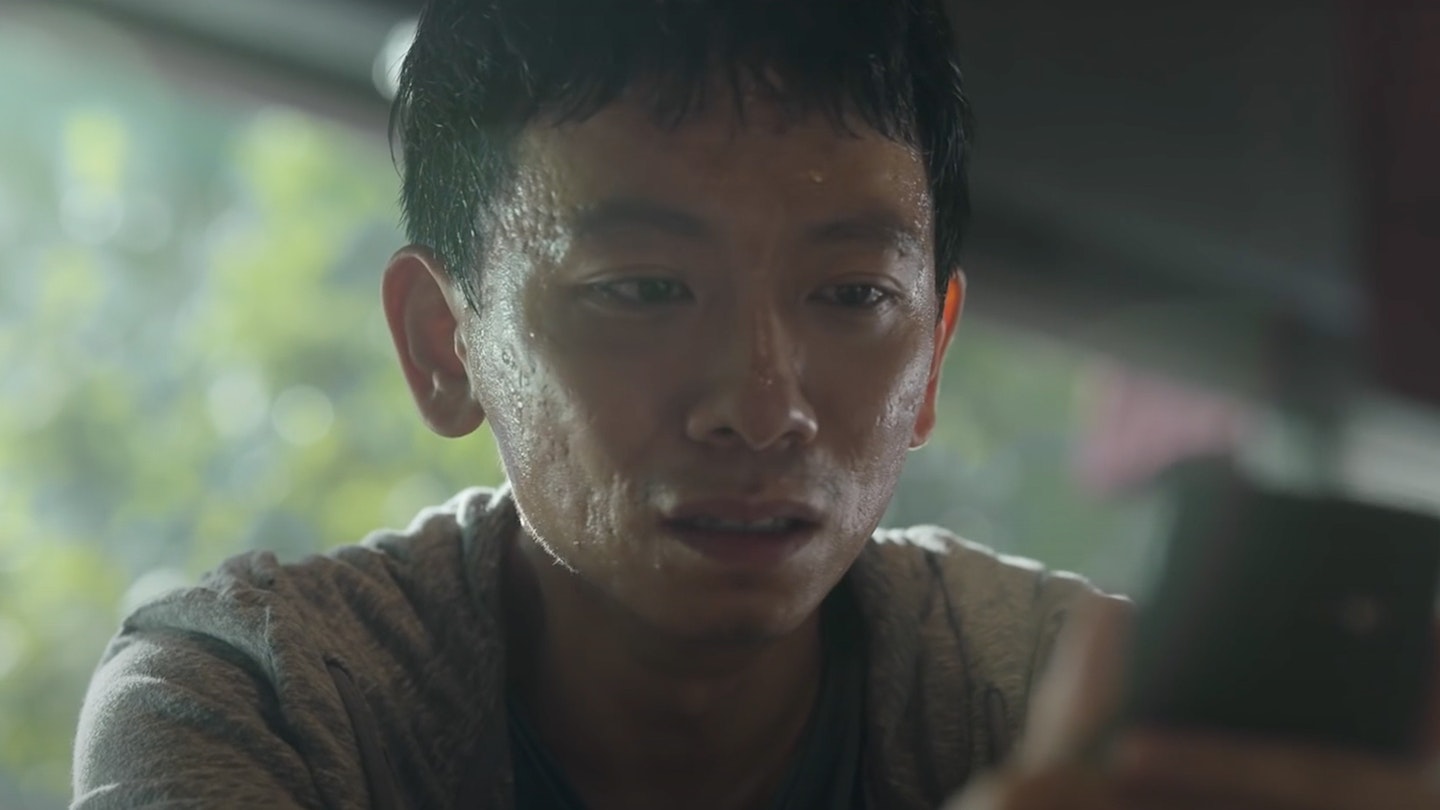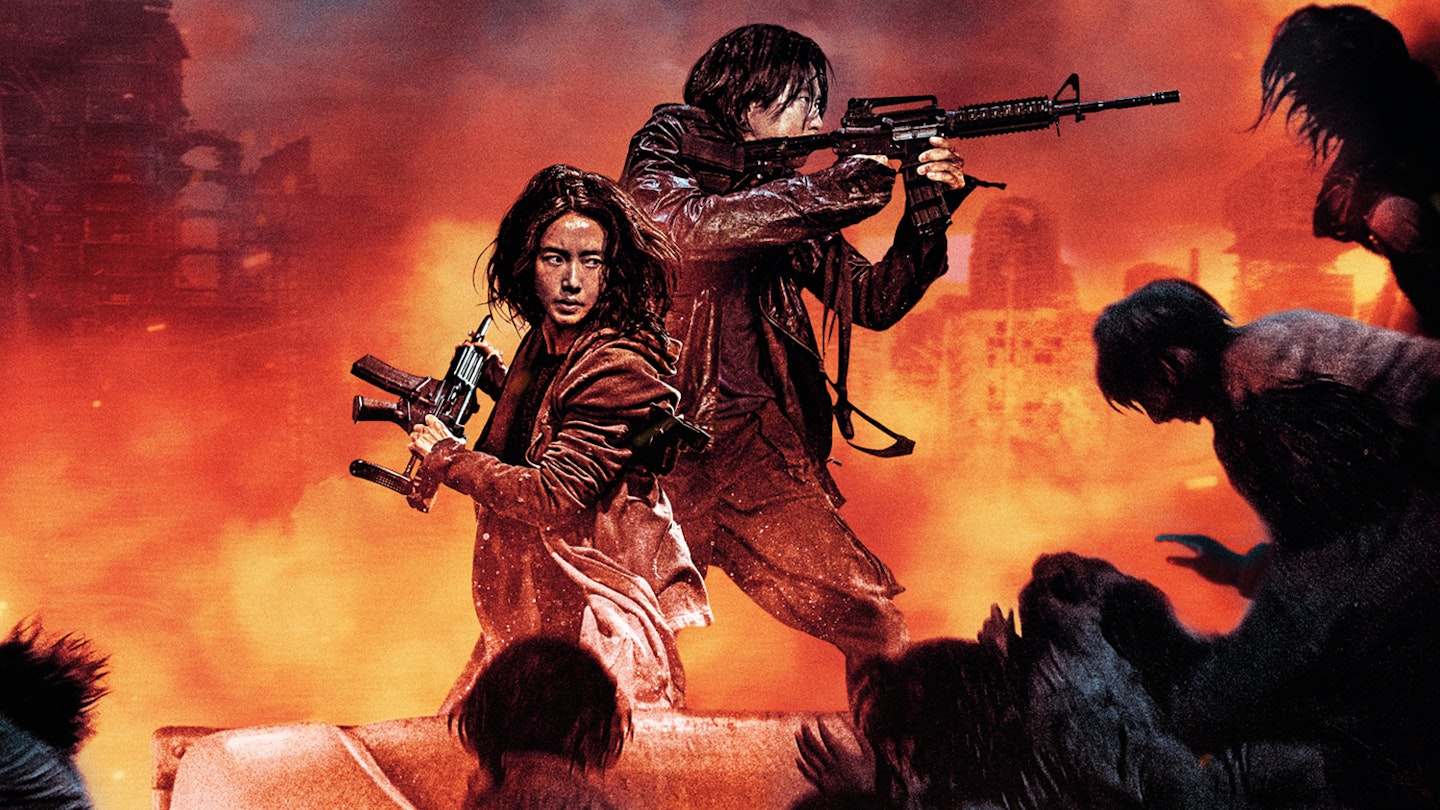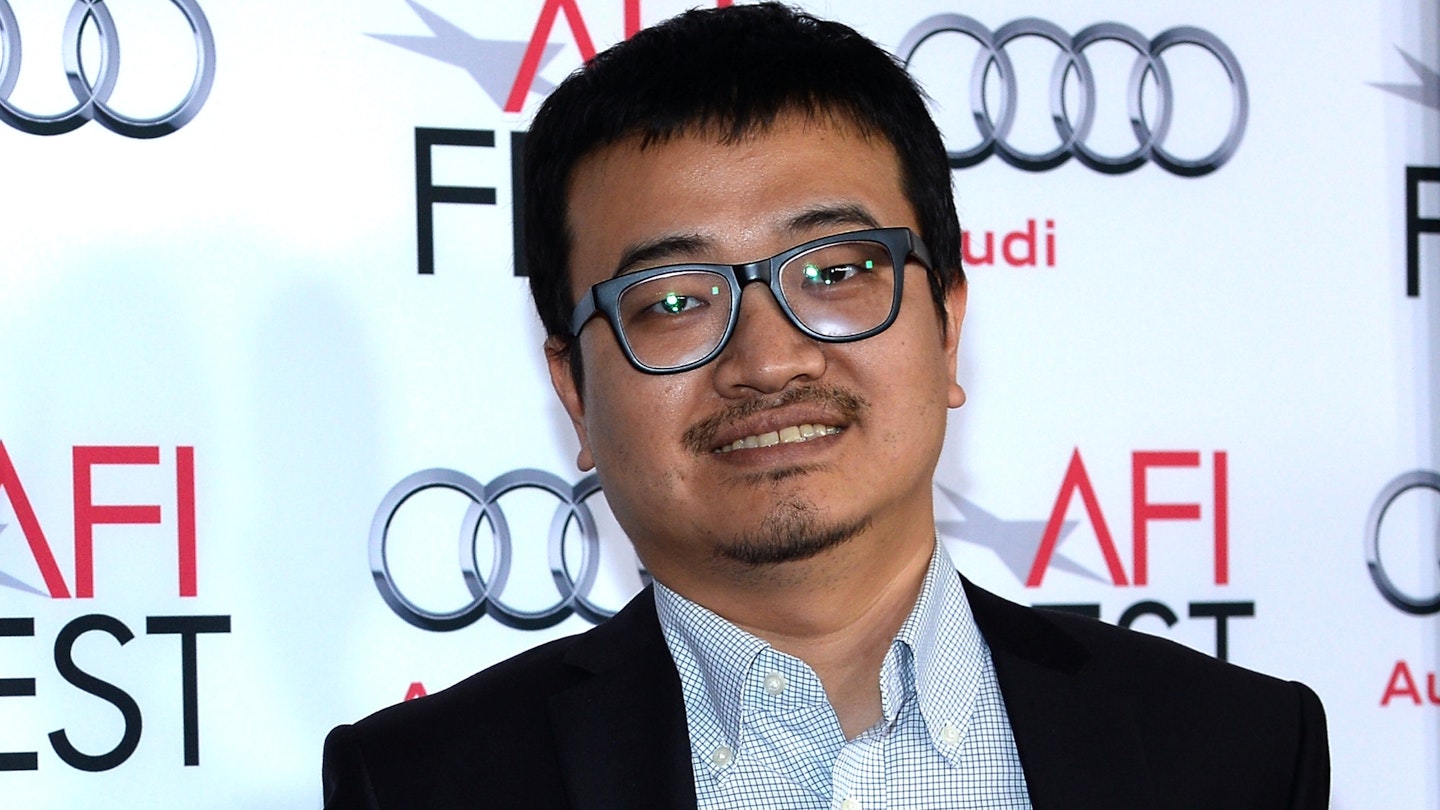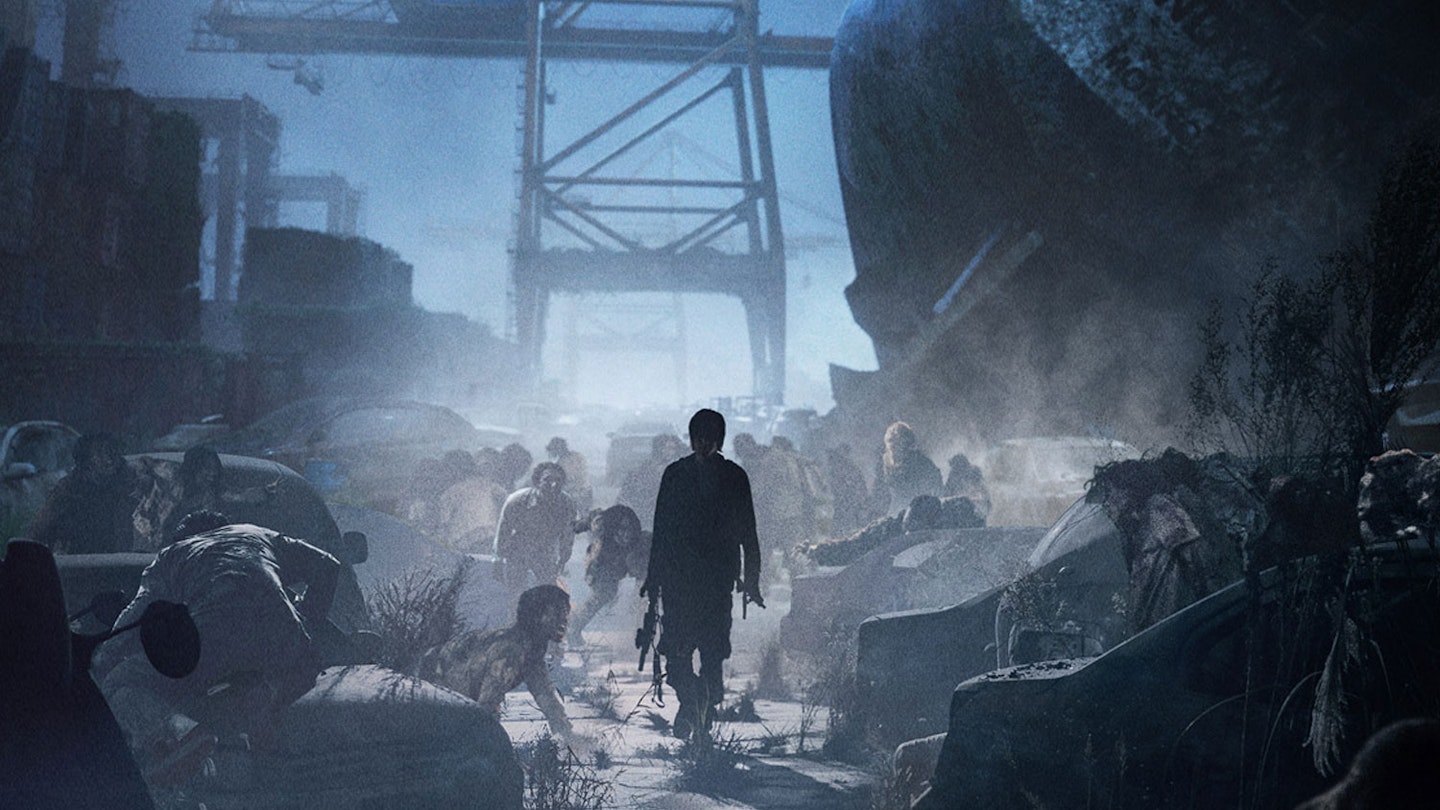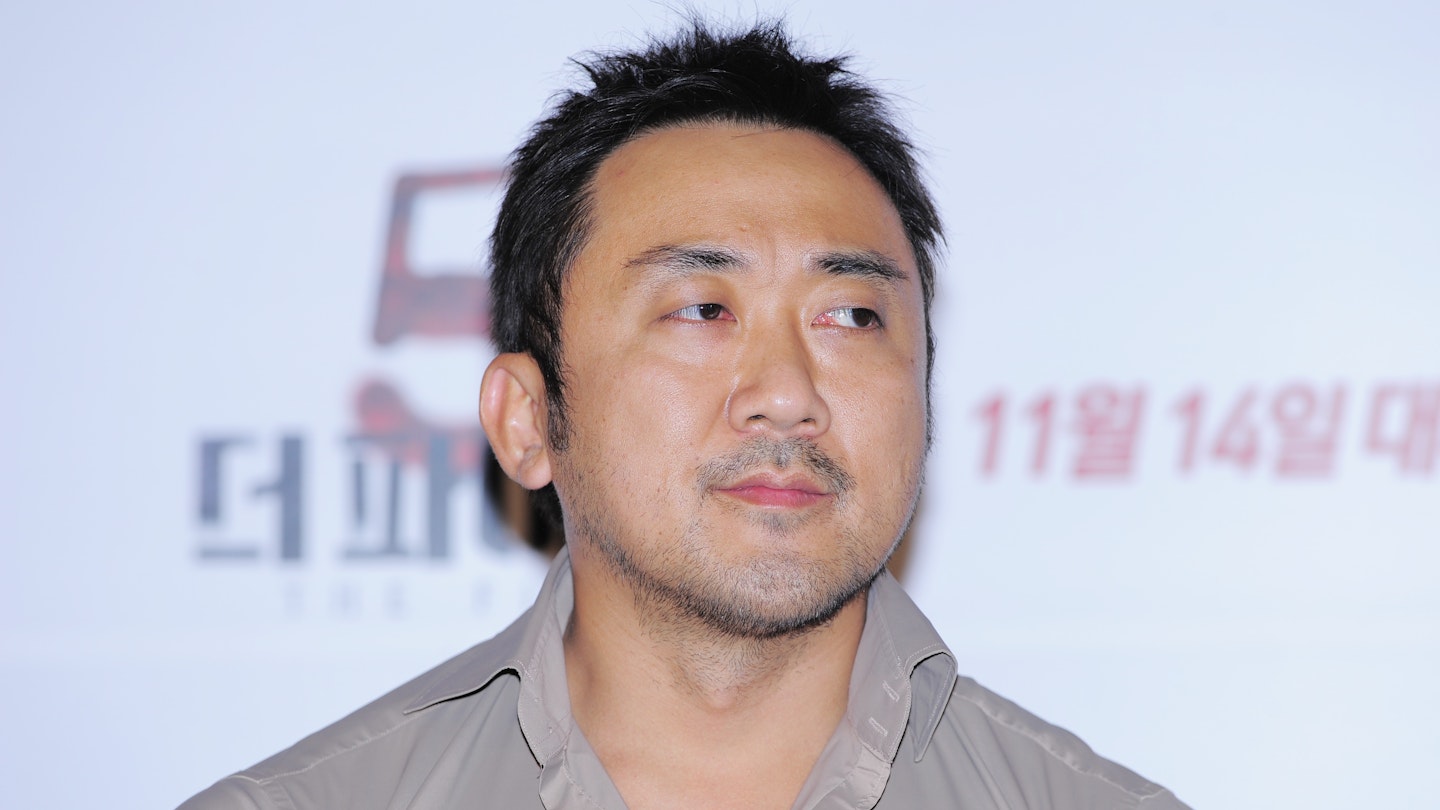Terrorists in a skyscraper, alien in a spaceship, snakes on a plane: the mix of dangerous antagonists and enclosed space is a perennial favourite of filmmakers, for obvious reasons, and the combinations are formed and reformed in an endless kaleidoscope. Now South Korean director Yeon Sang-ho has put zombies on a train, and it’s a match made in heaven — or somewhere much lower down.
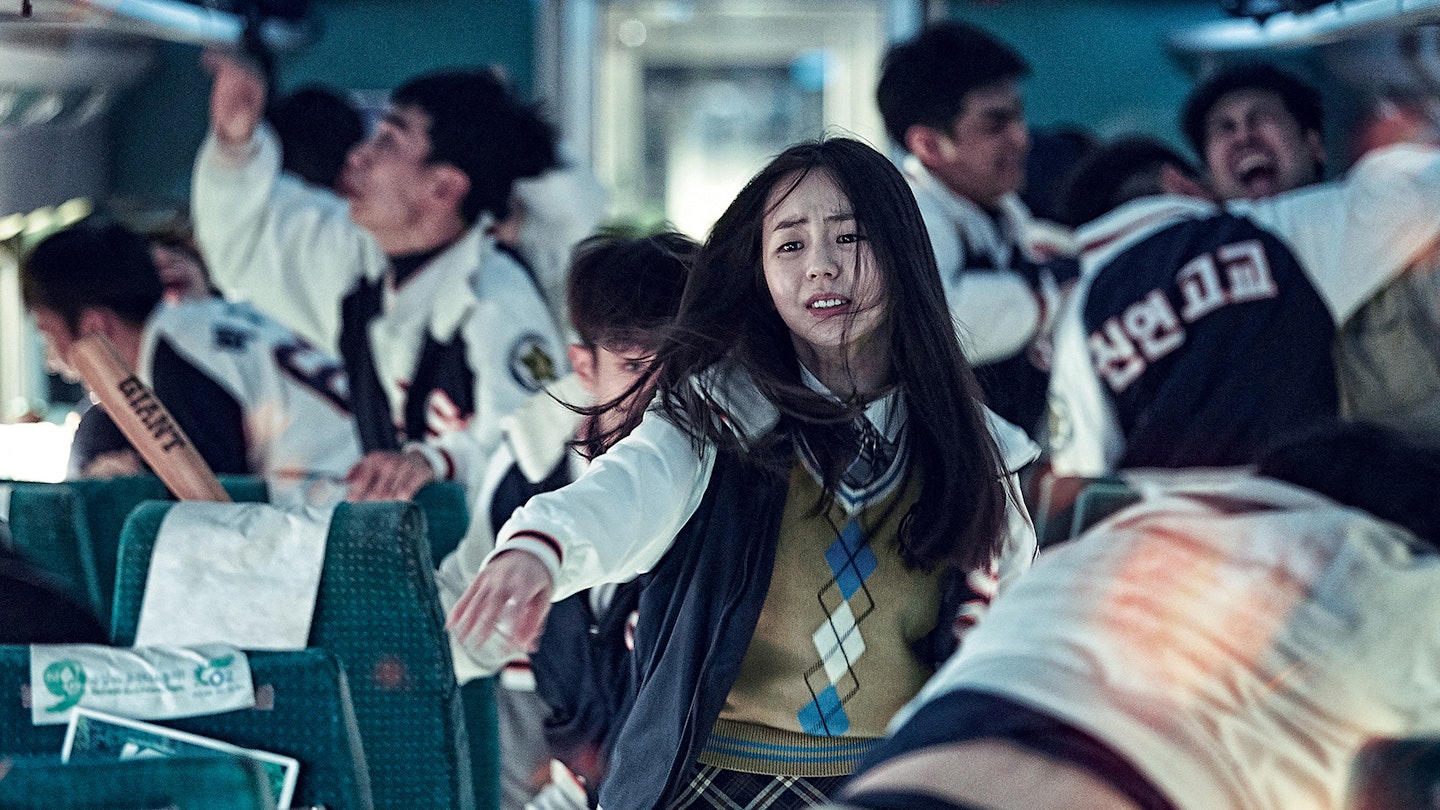
The zombie/train combo has actually been done before, notably in 1972’s Horror Express, but Train To Busan is considerably more propulsive and less narratively cluttered. This train and its passengers are joltingly familiar: there are businessmen, a young couple, two old ladies gossiping, a school baseball team en route to a game. They’ve boarded a modern intercity, with its sliding glass entries, flimsy toilet doors and notable lack of zombie-proofing. It could be the 11:08 to Peterborough.
Our hero, Seok Woo (Gong), and his daughter Su-an (Ahn) are en route to visit her mother, his ex-wife. But the last person to race through the train doors isn’t just running late, and the hands banging on the window don’t belong to a sweetheart waving farewell. With devastating speed, infection spreads through the carriages. A few survivors barricade themselves into what becomes a relative safe haven, but eventually the track will have to end, and it’s not clear that there’ll be any refuge beyond the train’s doors.
Zombies on a train is a match made in heaven – or somewhere much lower down.
Gong’s Seok-Woo emerges as a resourceful, determined lead, growing from a disengaged workaholic (whose company may have invested in the facility responsible for the outbreak) willing to sacrifice others to protect himself into a more recognisable hero. The characters around him are well-developed stock figures, but some neat storytelling twists mean you can’t always see who will go first, or how, or why — and the really hiss-able villain, as is traditional in these situations, is a ratfink traitor in their midst.
Crucially, Yeon has come up with a take on zombies that is rooted deep in the genre but still feels innovative. Like Romero’s undead, these are an inescapable evil spreading across the world to offer a sly commentary on our modern society. Like the ‘infected’ in Danny Boyle’s 28 Days Later, they’re fast and strong. And like the swarming hordes of World War Z, there’s something insect-like about their ravenous pursuit of these few uninfected hold-outs; they force their way through walls and doors with the sheer weight of their numbers and fall from great heights to continue their pursuit on broken limbs. But Yeon has his own twists, too. These figures are contorted and unnatural, closer to something from The Exorcist or Ring than zombies we’ve seen before, and they’re driven by sight rather than smell or hearing — a fact the survivors exploit to great effect.
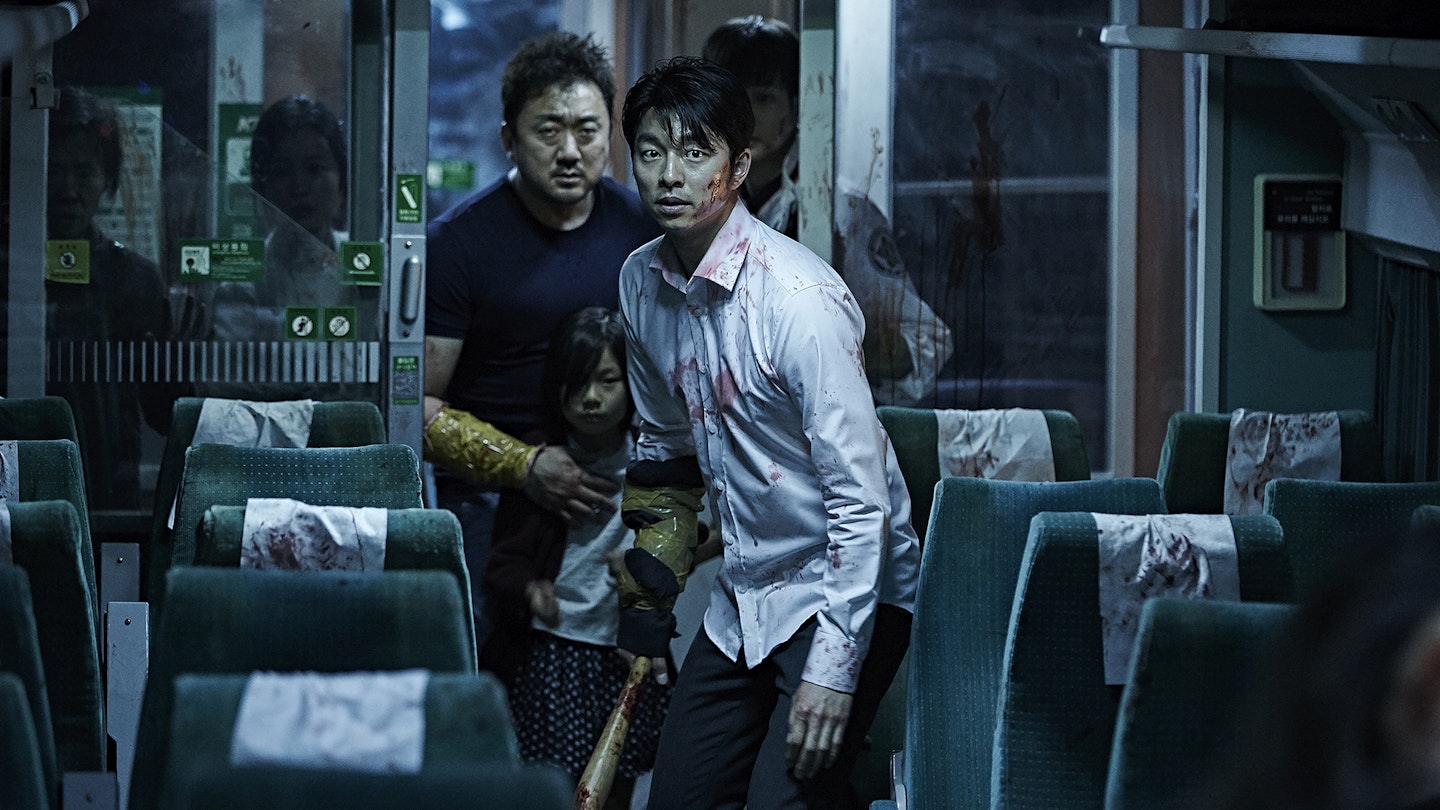
Yeon establishes himself as a gifted action director: one mid-journey stop at an apparently deserted station turns into a terrifying set-piece that’s among the year’s best. But it’s a slow struggle through carriages full of infected people to reach a stranded loved one that really stands out; imagine The Raid, but horizontal, or The Host away from the river.
In the end, Yeon goes back to the human story and delivers a surprisingly emotional climax. It may seem like a shift of tone, but maybe family ties were the point all along.
